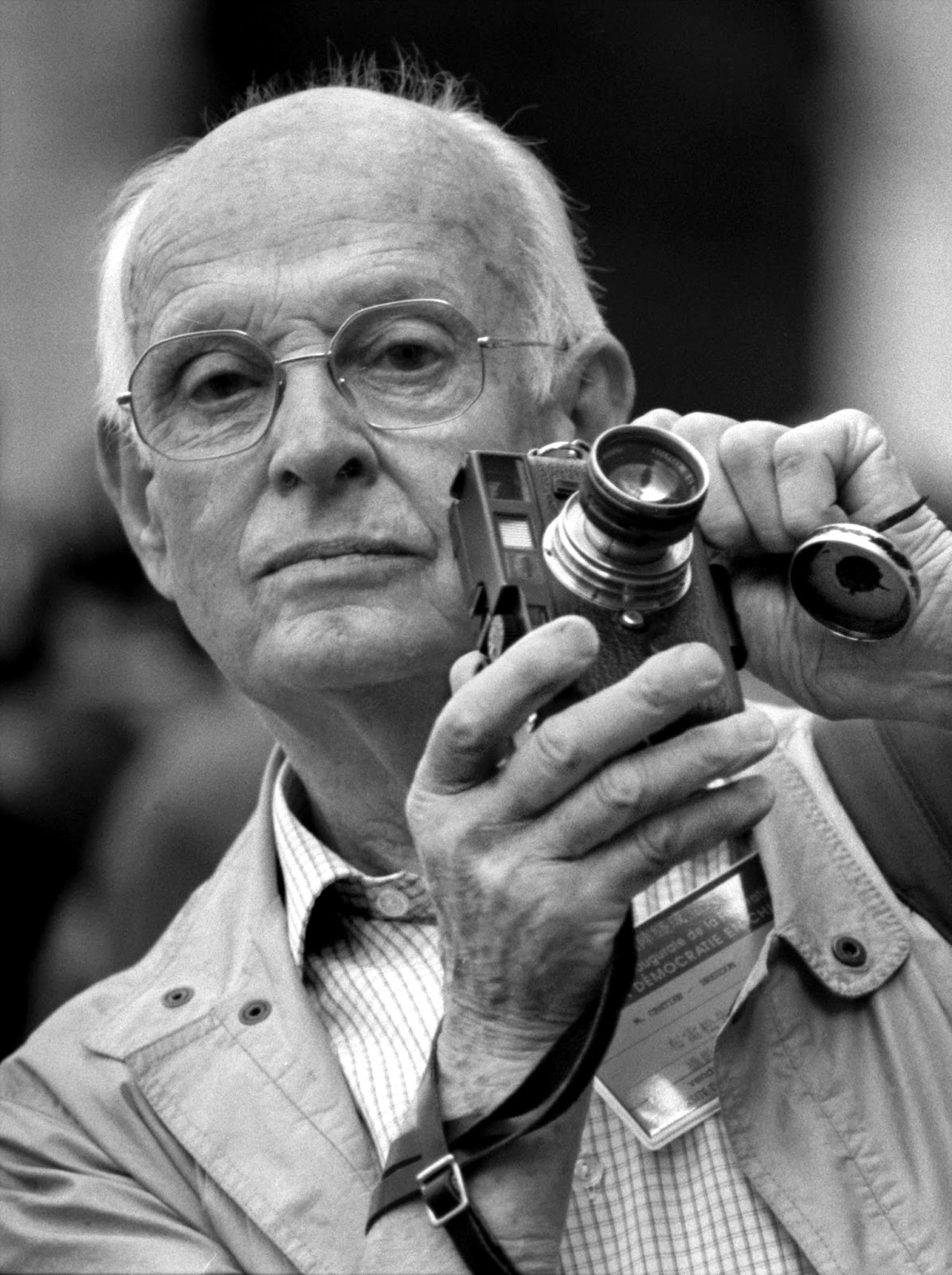Unveiling The Timeless Vision Of Cartier Bresson
Henri Cartier-Bresson, a name synonymous with the art of street photography, has left an indelible mark on the world of visual storytelling. His unique ability to capture fleeting moments with precision and emotional depth has earned him the title of the father of modern photojournalism. Cartier-Bresson’s philosophy of “the decisive moment” illustrates his belief that true photography captures the essence of a moment that is both spontaneous and revealing. Born in the late 19th century, he quickly rose to prominence during a time when photography was evolving as an art form. His journey through the lens not only shaped his career but also influenced generations of photographers who followed in his footsteps.
With an innate talent for observing the world around him, Cartier-Bresson traveled extensively, capturing the beauty and rawness of human life. From the bustling streets of Paris to the serene landscapes of rural India, he documented the diversity of human experiences. His works serve as a testament to his unwavering commitment to authenticity, as he believed that a photograph should tell a story, not just depict an image.
As we delve deeper into the life and legacy of Cartier-Bresson, it becomes evident that his contributions extend far beyond his iconic photographs. His innovative techniques and philosophical insights continue to resonate within the photography community today. This article will explore various facets of Cartier-Bresson’s life, including his biography, notable works, and the principles that guided his photographic journey.
What is the Biography of Cartier Bresson?
Henri Cartier-Bresson was born on August 22, 1908, in Chanteloup, France. He came from a prosperous family, which allowed him to pursue various interests, including art and literature. Initially studying painting, he later found his true calling in photography, honing his skills with a Leica camera—a choice that would define his style. Throughout his life, Cartier-Bresson traveled extensively, documenting pivotal moments in history such as World War II and the rise of various social movements.
| Personal Details | Bio Data |
|---|---|
| Date of Birth | August 22, 1908 |
| Place of Birth | Chanteloup, France |
| Date of Death | August 3, 2004 |
| Nationality | French |
| Occupation | Photographer, Photojournalist |
| Notable Works | The Decisive Moment, Images à la Sauvette |
How Did Cartier Bresson Influence Photography?
Cartier-Bresson’s influence on photography is immeasurable, as he introduced a new perspective on how images could convey emotion and narrative. His concept of the “decisive moment” encourages photographers to seize opportunities that encapsulate the essence of a scene. This philosophy shifted the focus from staged photography to capturing authentic moments. He believed that photographs should reveal the truth of a situation, making them powerful tools for storytelling.
What Techniques Did Cartier Bresson Use?
Henri Cartier-Bresson employed several techniques that set his work apart from that of his contemporaries:
- Leica Camera: The compact size of the Leica allowed him to be discreet while photographing in public spaces.
- Natural Light: He preferred to work with natural light, capturing scenes as they unfolded rather than manipulating them.
- Composition: Cartier-Bresson had an acute awareness of composition, often framing subjects in a way that highlighted their context.
- Patience: His ability to wait for the perfect moment to capture a scene exemplified his dedication to his craft.
What Are Some Notable Works of Cartier Bresson?
Henri Cartier-Bresson produced numerous iconic photographs throughout his career. Some of his most notable works include:
- The Decisive Moment: A seminal book that showcased his philosophy and photographs.
- Behind the Gare Saint-Lazare: An iconic image capturing a man leaping over a puddle, epitomizing the decisive moment.
- India, 1947: A collection of photographs documenting the country’s transition to independence.
- Portraits: Bresson captured portraits of influential figures, including Pablo Picasso and Henri Matisse.
What Legacy Did Cartier Bresson Leave Behind?
The legacy of Cartier-Bresson extends beyond his stunning photographs. He paved the way for photojournalism as we know it today, inspiring countless photographers to embrace authenticity and spontaneity. His meticulous approach to capturing moments continues to influence modern photography, and his works are celebrated in galleries and exhibitions around the world. Cartier-Bresson’s belief that “photography is a way of feeling, of touching, of loving” resonates deeply, reminding us of the profound connection between the photographer and their subject.
How Can Photographers Apply Cartier Bresson’s Principles Today?
Modern photographers can draw inspiration from Cartier-Bresson’s principles in various ways:
- Embrace Spontaneity: Look for authentic moments in everyday life instead of staging scenes.
- Focus on Composition: Pay attention to the arrangement of elements within the frame to enhance storytelling.
- Practice Patience: Wait for the right moment to capture the essence of a scene, just as Cartier-Bresson did.
- Utilize Natural Light: Experiment with natural light to create mood and depth in your photographs.
Conclusion: Why Is Cartier Bresson Still Relevant Today?
Henri Cartier-Bresson’s impact on photography and visual storytelling remains profound and relevant today. His dedication to capturing the fleeting moments of life has inspired generations of photographers to seek authenticity in their work. By embracing his principles and techniques, modern photographers can continue to tell compelling stories through their lenses. Cartier-Bresson may have left this world, but his legacy lives on through the countless images that evoke emotion and provoke thought, reminding us of the beauty found in everyday life.
Exploring The Enigmatic World Of Bonjobi
Shania Twayne: The Rising Star Of Music And Entertainment
Unveiling The Truth Behind Bobbi Divorce: A Journey Through Heartbreak


